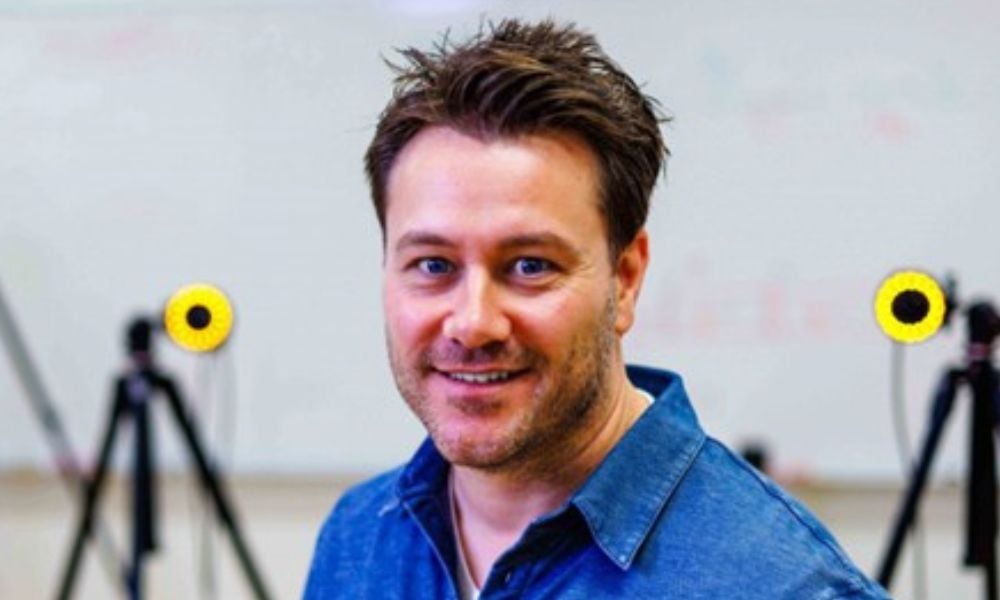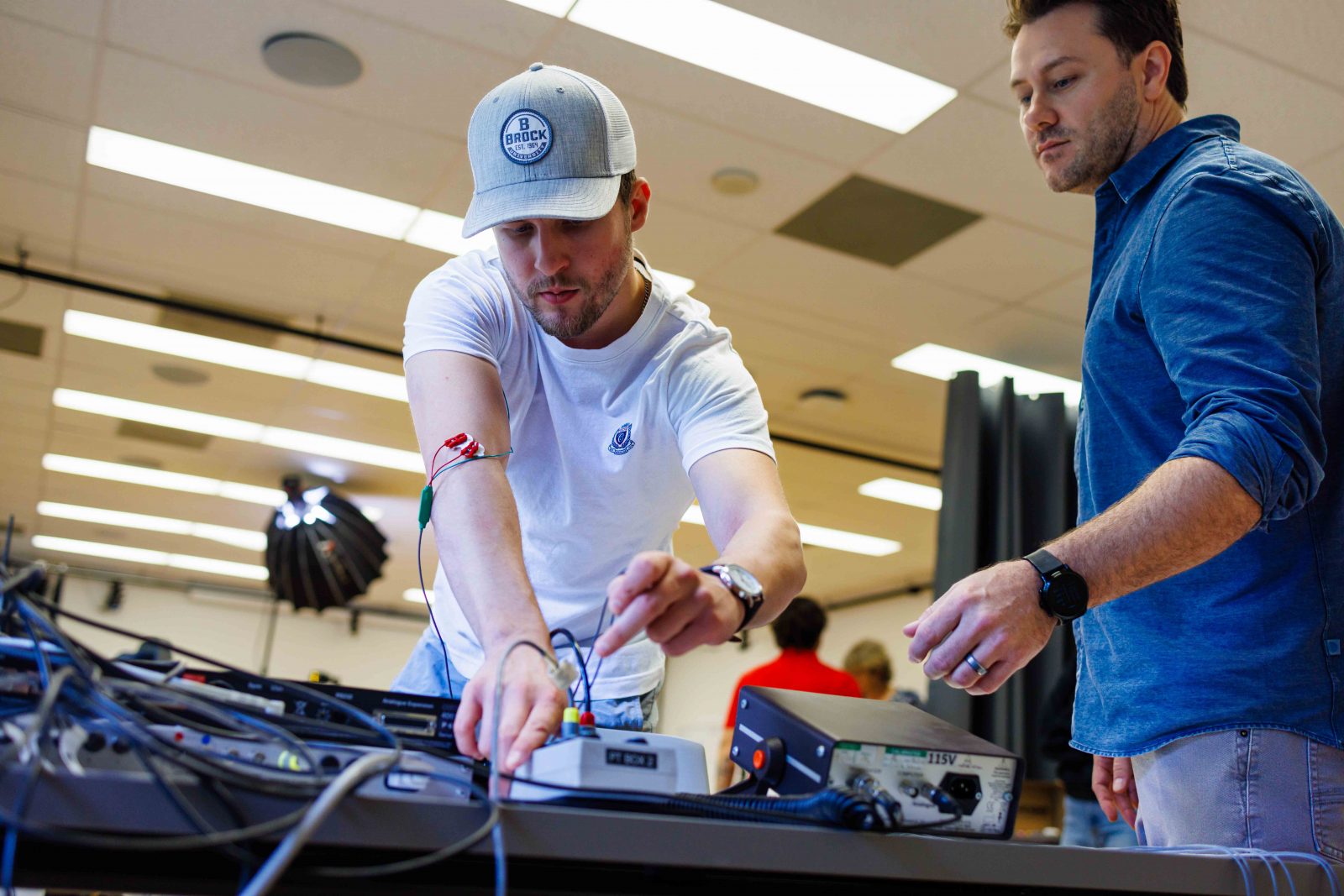Canada Research Chair sees a future 'where humans and robots perform tasks together'

Michael Holmes, Canada Research Chair in Neuromuscular Mechanics and Ergonomics at Brock University, leads groundbreaking research with one mission: to make workplaces safer and healthier. "Ergonomics can be applied to every single job occupation you can think of," Holmes says. His research spans various fields, focusing on optimizing human health, particularly in environments where automation and technology play significant roles.
In a recent publish study, Holmes delves into the ergonomic challenges brought on by the COVID-19 pandemic. The abrupt shift to remote work created a range of musculoskeletal issues due to inadequate home office setups. “We found that most people reported increased pain and discomfort once they transitioned to working from home,” Holmes explains. Common complaints included neck, upper back, and wrist pain, often linked to makeshift workstations. Many remote workers lacked ergonomic chairs or adjustable desks, substituting dining tables and sofas for traditional office furniture.
To address this, Holmes and his team launched a study examining how restricted spaces affect physical demands during computer use. “We’re studying the physical demands of working within limited spaces—like when your keyboard isn’t in the right location or your mouse is in a restricted area,” he says. The goal is to create updated ergonomic guidelines for home and hybrid work settings. By identifying the physical strains associated with constrained workspaces, Holmes aims to support healthier work environments that reduce stress on muscles and joints.

(Canada Research Chair in Neuromuscular Mechanics and Ergonomics Mike Holmes (right) and master's student Tyler Brown (BSc ’24) use equipment in Brock's Neuromechanics and Ergonomics Lab. Photo source: Brock University.)
Looking to the future, Holmes envisions a workplace where humans and machines collaborate seamlessly. The role of "collaborative robots" and "assistive exoskeletons" is a major focus in his research. These technologies are designed to work alongside humans, alleviating some of the more physically demanding tasks without replacing human roles. “There’s definitely a drive toward a collaborative environment where humans and robots perform tasks together,” Holmes notes. However, the transition isn’t always smooth; adapting to robotic support can vary by individual. “Some people adjust well to exoskeletons, while others struggle,” he adds, emphasizing the need for personalized approaches to ergonomic technology.
With two years remaining in his role as Research Chair, Holmes is focused on raising awareness of ergonomics' broad impact. “I’ll be happy if I raise the profile of ergonomics and workplace health and safety,” he reflects. His research extends beyond office ergonomics; over the past decade, he has worked with healthcare professionals, police officers, and custodial workers, striving to make ergonomic principles accessible across diverse sectors.
In Holmes' view, the future of workplace ergonomics holds exciting possibilities. “A lot of companies are open to exoskeletons and other assistive devices,” he says, envisioning a future where these innovations are commonplace. However, he emphasizes the importance of continued research to ensure these devices seamlessly integrate into daily work life, making physically demanding jobs safer and less strenuous.
As Holmes continues his research, he hopes to leave a lasting mark on workplace health, improving ergonomic standards and fostering a future where technology and human ability enhance each other.





